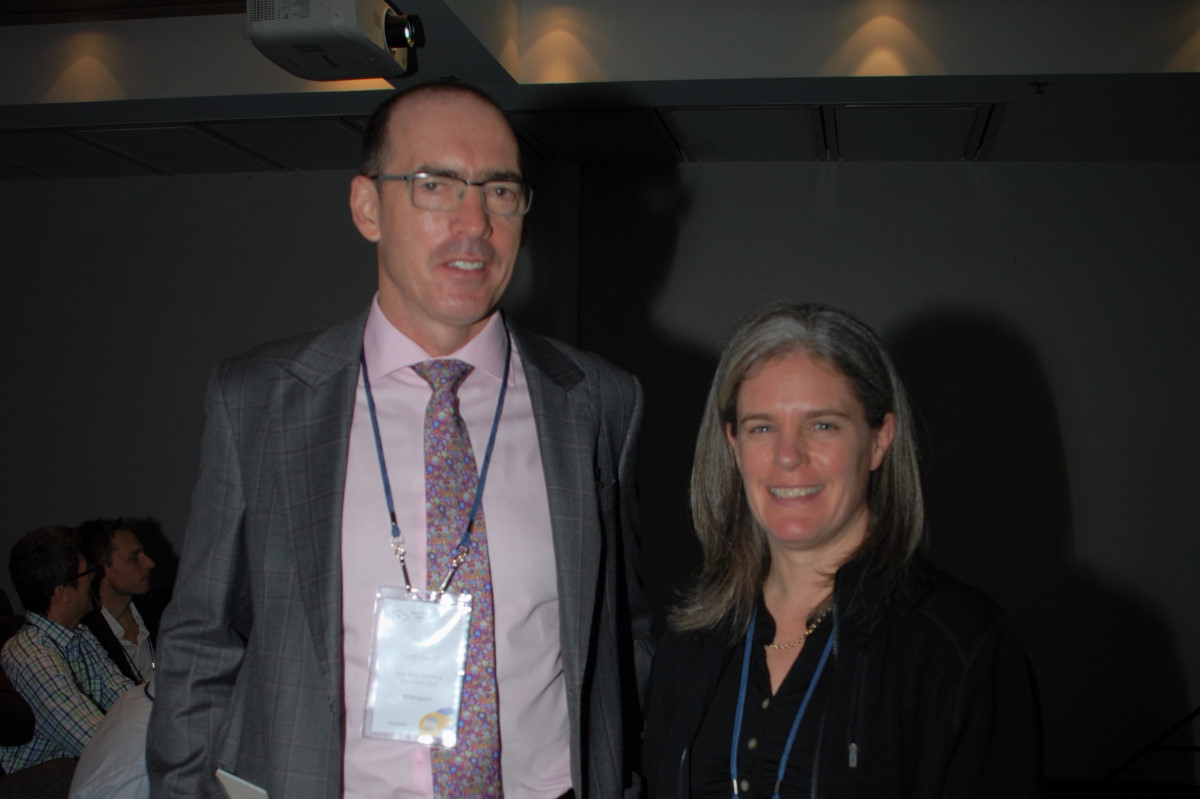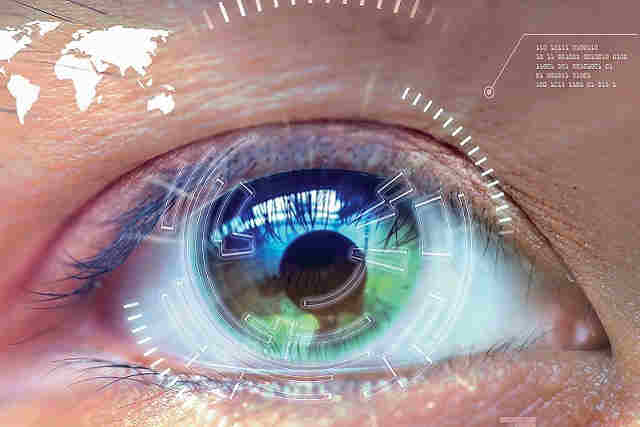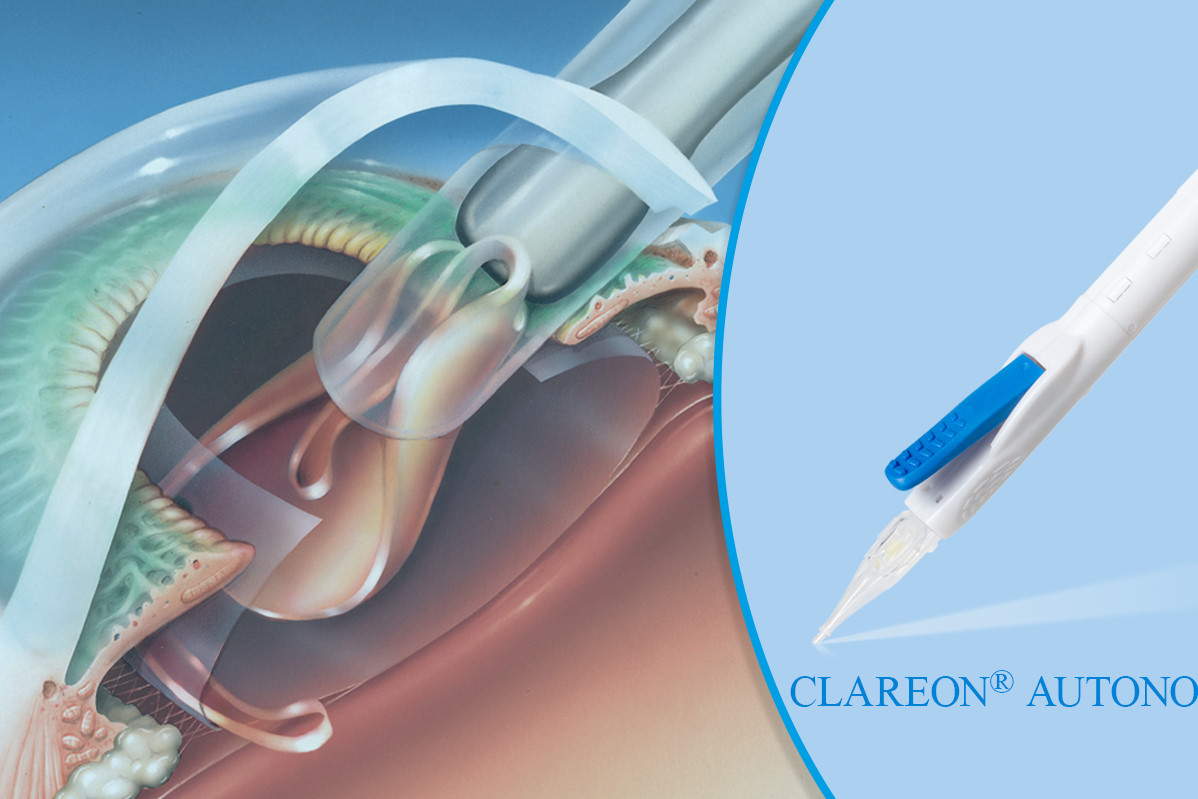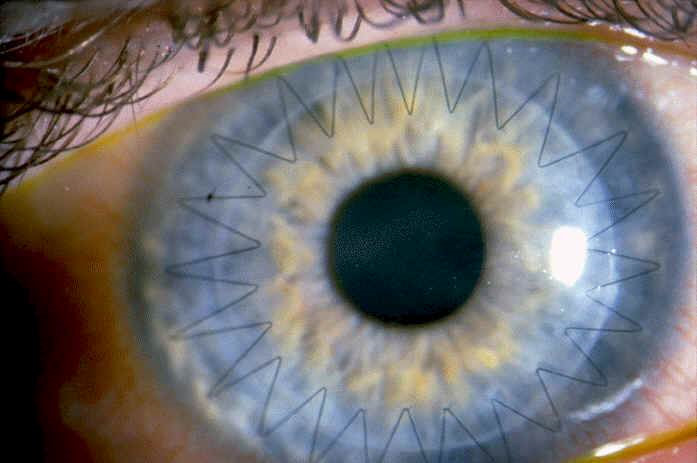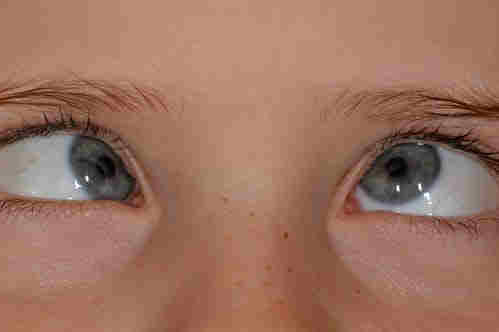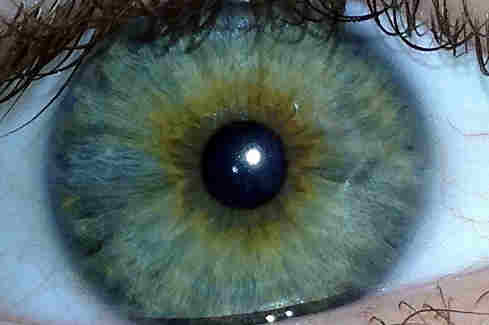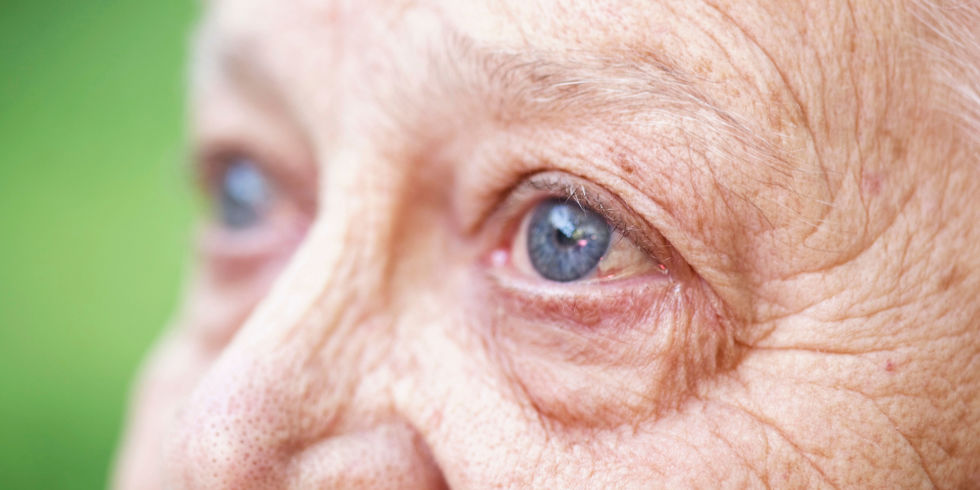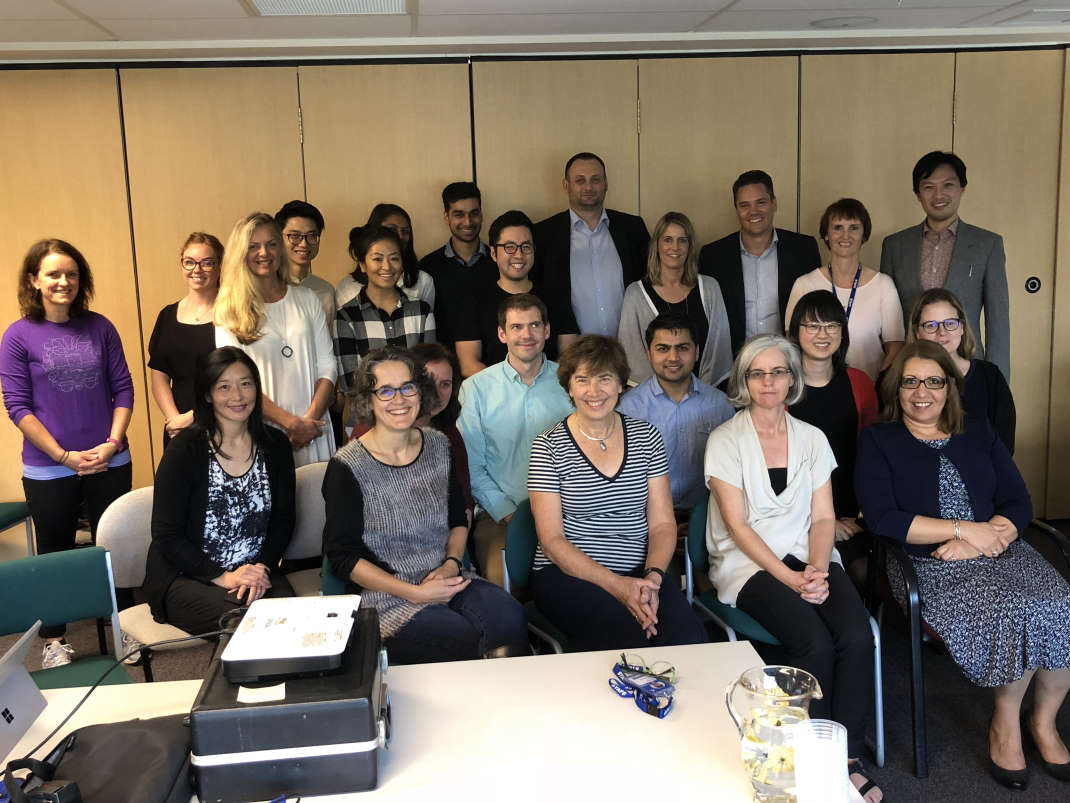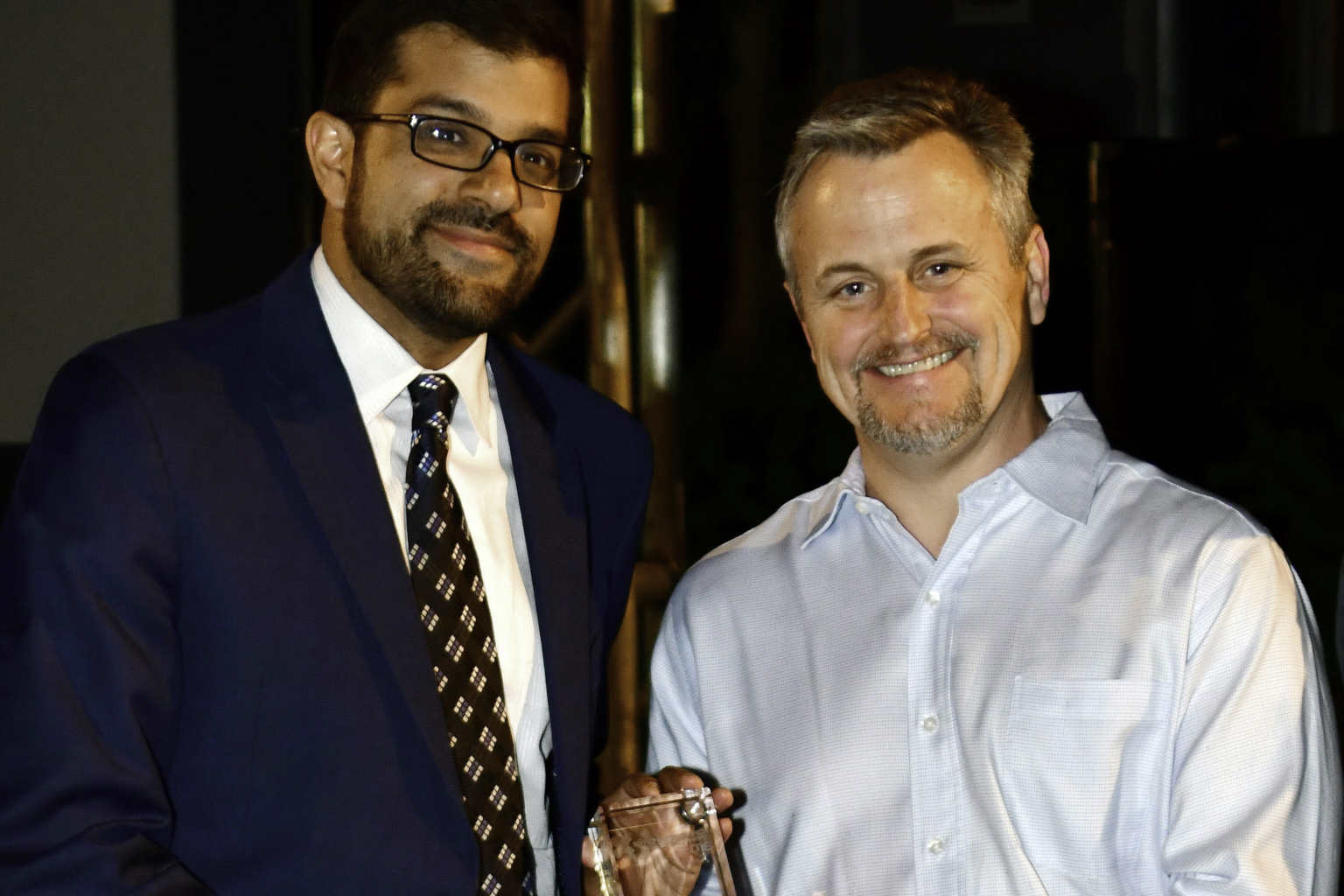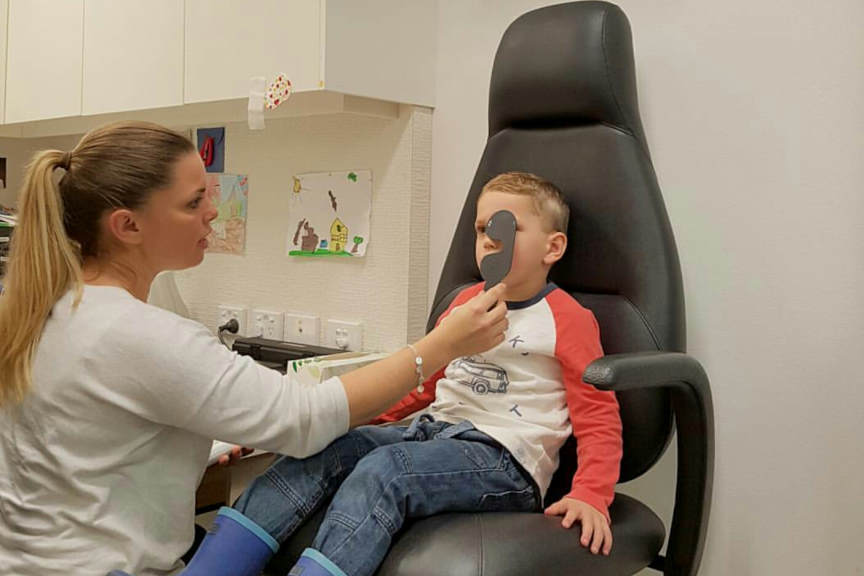RANZCO NZ 2018: Tech news update
The RANZCO New Zealand branch conference was once again well supported by sponsors, many with new technologies to share. The following is a brief overview of some of that news.
Bausch + Lomb (Radiant Health)
The Radiant Health team, representing Bausch + Lomb in New Zealand, had one of the most eye-catching banners on their stand featuring a friendly-looking robot and the new Stellaris Elite, a new generation phaco machine.
It is quite a step change from previous machines, said Radiant’s Yvette Beattie. “It continually tracks vacuum flow and automatically adjusts infusion pressure, for increased chamber stability, and it’s the only machine on the market that does that.”
Also on show was the just released Vitesse vitrectomy system, available exclusively on the Stellaris Elite. Bausch + Lomb claims this is the “first and only hypersonic, 100% open-port vitrectomy system” and the “first major vitreous removal innovation in 40 years.” The system liquefies tissue in a highly-localised zone at the edge of the port, while maintaining a consistent flow and unobstructed aspiration for efficient vitreous removal, “bringing an exceptional level of surgical control and precision to vitrectomies.”
Allergan
Allergan’s team, representing both the company’s dexamethasone ocular implant, Ozurdex, and Xen gel implant, were on hand to answer questions about their newly-funded products for diabetic macular oedema and glaucoma, respectively. The team even hosted a special meeting chaired by retina and macular degeneration specialist, Dr Dianne Sharp, to discuss case studies and share knowledge. “We had some great feedback from the attendees who really enjoyed the opportunity to listen and discuss the different cases presented, said Allergan’s Melissa Isa.
Corneal Lens Cooperation (CLC)
CLC had a busy couple of days promoting their MacuShield product for AMD and general eye health. MacuShield contains 10mg meso-seaxanthin, 10mg lutein and 2mg zeaxanthin in a once-a-day capsule. CLC also showcased Oté’s natural eye drops alongside Lumecare for mild to moderate and severe dry eye. The Lumecare and Evolve range is a broad spectrum, multi-dose, preservative-free range for all severities of dry eye, explained CLC’s Whitney Parsons. “These products have a unique delivery system making them very user friendly; the generation two, blue-tip technology is designed to improve accuracy, combining the preservative free benefits of a single use unit with the familiarity of a standard bottle.”
Device Technologies
Device’s product specialist Diego Sonderegger was keen to demonstrate the latest upgrade of the Topcon DRI OCT Triton Plus a multi-modal swept-source OCT with angiography. With its enhanced 12x12mm scan and 45° fundus colour image, it is faster and offers a more accurate diagnosis compared to previous models, he said. Part of Triton’s output is a blood vessel density map which helps detect atrophies and ischaemia, plus it offers better depth and resolution of the choriocapillaris, he added. Auckland University’s School of Optometry and Vision Science is the first to install the new software and was in the process of testing it at the time of the RANZCO NZ branch meeting.
Designs for Vision (DFV)
DFV was focusing on corneal analysis and had invited Oculus’ product specialist Lars Michael to join their New Zealand stand to discuss the Oculus Corvis ST, the only machine of its kind on the market, said Michael. He enthusiastically explained how corneal analysis is entering a dynamic new phase with the Corvis ST, which records cornea reaction to a defined air pulse, using a new, high-speed Scheimpflug camera. The camera captures over 4,300 images per second, offering a precise measurement of intraocular pressure (IOP) and corneal thickness. It also provides a detailed assessment of the cornea’s biomechanical properties and its data can be combined with data from the Pentacam AXC to provide a far better risk profile for clinicians and patients.
Johnson & Johnson Vision
The Johnson & Johnson Vision team brought their trademark red stand to the branch meeting where they were keen to discuss the Tearscience suite of products for treatment of meibomian gland dysfunction with clinicians. It’s 10 months since J&J Vision acquired Tearscience, an addition the team said has opened up a whole new area of eye health for J&J, allowing them to expand into new products and become a more complete eye health company. J&J will be holding a series of events over the next year in major cities across Australia and New Zealand to showcase the Tearscience Lipiview, LipiScan and LipiFlow technologies.
Ophthalmic Instrument Company (OIC)
Though officially launched after the conference, the OIC team was on hand to answer questions about the new LSFG-Retflow Laser Speckle Flowgraphy unit from NIDEK for non-invasive, real-time imaging and measurement of ocular blood flow to help with the clinical evaluation of glaucoma and retinochoroidal vascular disease. This unique technology provides 16 indices of the retinochoroidal vascular dynamics based on the MBR (mean blur rate), which measures relative blood flow velocity and correlates to the actual blood flow rate. Auto-tracking supports follow-up assessment, a wide-viewing angle of 22° acquires the macula and optic disc in one image and data is presented in an intuitive colour-coded map for evaluation of the onset, progression and follow-up of disease.
Also on show, was the latest electrophysiology technology from Roland Consult. Electrophysiology can detect the early onset of retinal diseases such as retinitis pigmentosa, inherited-retinal degeneration, macular degeneration, retinal ischaemia and early glaucoma, and is useful for monitoring multiple sclerosis patients and people affected by toxins. It is also used on young children in the operating theatre and clinic for helping diagnose hereditary or neurological disease with potential visual pathway involvement. The new Roland Consult model offers more accurate and earlier diagnosis given the new improved noise reduction technologies, which help separate fact from artefact. The latest system also comes with a much smaller footprint, said OIC’s Tim Way, and is available in multiple configurations with different modalities. Unlike older machines, the new model also no longer requires a special electromagnetically-shielded Faraday Cage, making it far less costly to install and more accessible, even for smaller clinics, he said.
OptiMed
OptiMed’s stand hero this conference was Optopol's PTS2000, designed to determine the extent of visual field loss and the probability for further vision loss in glaucoma patients. OptiMed’s Craig Norman said the new upgraded model offers a wider field (180° horizontal and 130° vertical) and includes full support for the standardised reports ophthalmologists have come to prefer - something some of the older versions don’t have, he added. “We’re excited about its performance so far,” said OptiMed NZ director Robert Nyenkamp. “The Optopol does everything the competition does and we are able to offer it at about half the price.”
Optos
Optos was showcasing its ultra-widefield retinal imaging California range, which can produce a 200° single-capture retinal image in less than ½ second. California is available in three models with six imaging modalities, designed to meet the needs and budget of different practices, including colour, sensory (red-free), choroidal, autofluorescence with green laser (af), fluorescein angiography (fa) and icG angiography (icg). The technology can image pathology past the equator allowing eyecare professionals to find disease sooner and treat it more effectively, said managing director Jason Martone.
Stiltec
Stiltec’s team was promoting its popular Macutec Once Daily health supplement, an AREDS-2 formulation for the macular, and it’s new Lacritec dry eye supplement economy pack.
Stiltec director Greg Hepple said, although Macutec has been available in New Zealand for five years now, it remains the only AREDS-2, one-dose-a-day supplement that is Medsafe compliant. “Recommending a compliant AREDS supplement, the practitioner can rest assured they are not in breach of the regulations.” Using the exact lutein and zeaxanthin formulation, as used in AREDS-2, is another important quality distinction and the once-daily dose is easy for patients to use and more affordable for them too, he added.
Toomac Ophthalmic
Toomac’s Mark Taylor was pleased to report the company had had a busy couple of days on the stand with significant interest, particularly, in the Ellex UltraQ microsurgical YAG laser. Essentially this technology is three products rolled into one - YAG, selective laser trabeculoplasty (SLT) and vitreolysis, said Taylor, adding this means it provides a safe, less-invasive, yet effective way of clearing floaters. "Using the Reflex technology for managing floaters is certainly less invasive compared to performing a vitrectomy, offering many clinicians another tool in their toolkit.”
Sharing the limelight on Toomac’s stand was the Glaukos’s iStent Inject, the world’s smallest-known medical implant and an effective alternative to eye drops for glaucoma. The pre-loaded device is implanted in the trabecular meshwork; it stents open that section of the ocular anatomy and allows aqueous humour to flow from the anterior chamber into Schlemm’s canal, lowering IOP.
Zeiss
Central to Zeiss’ stand was the company’s Clarus 500, its next generation, ultra-widefield imaging system, offering true colour images across a 200° field of view. The true colour images are essential for differential diagnosis, said Zeiss’ Chris Money, adding this conference was the first time the Clarus had actually been available in New Zealand to view, test and buy.
Also coming soon to New Zealand was the IOLMaster 700’s soon-to-be-released TK (for true keratometry) software. Currently the keratometry standard in IOL power calculation measures just the anterior corneal surface and then estimates total corneal power using model eye assumptions or nomograms. But this doesn’t address unusual corneas, which could result in refractive surprises, explained Money. “It is very exciting. It’s a real step change in technology.” Once the new software is released (probably in July), the Zeiss IOLMaster 700, with swept-source OCT technology, will allow clinicians to directly measure the posterior corneal surface to calculate total keratometry (TK) for the first time.
With additional reporting by Lesley Springall










